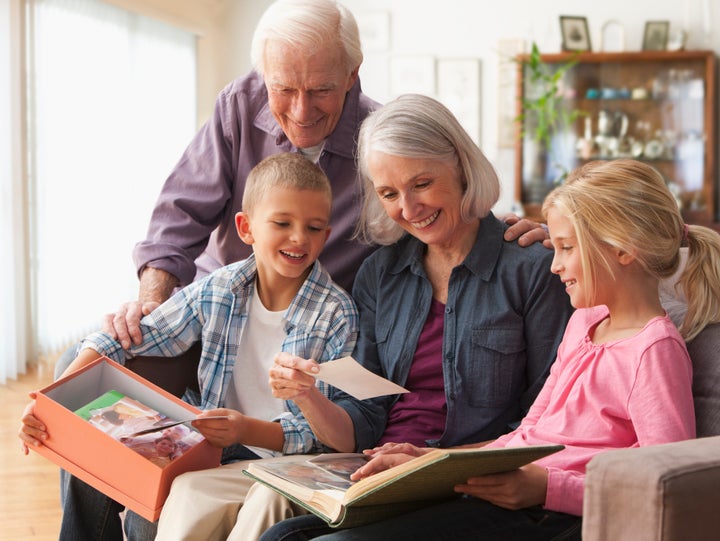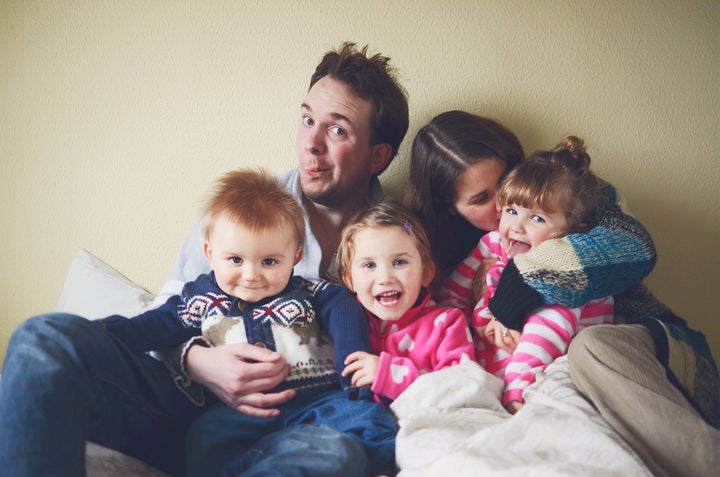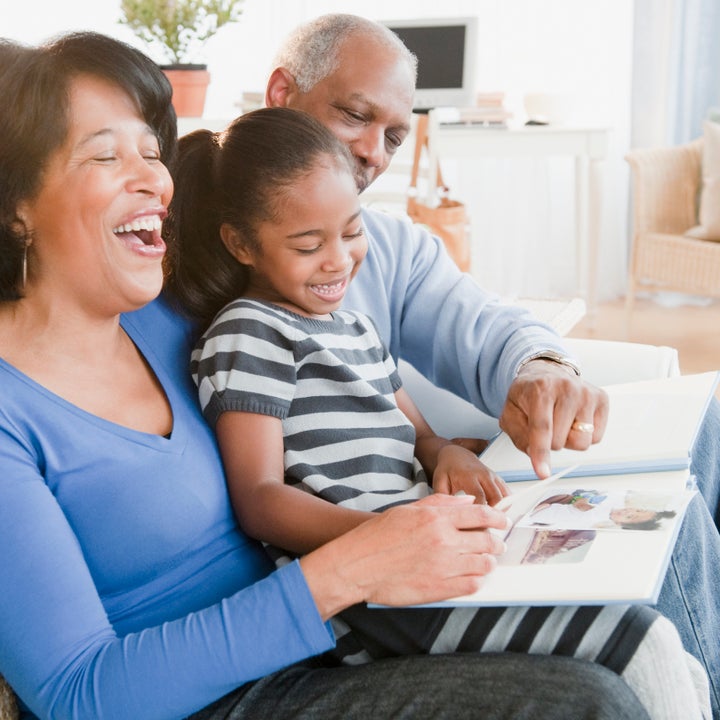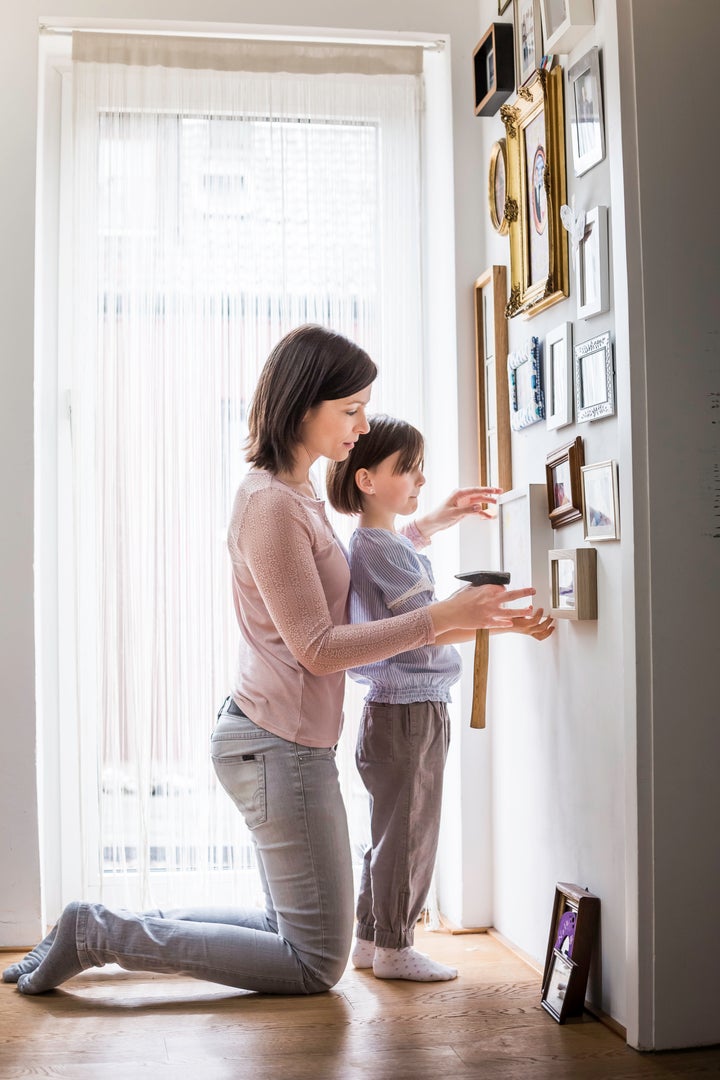
It’s no secret that children are fascinated by their roots. With the perennial "Where did I come from?" a fixture in the must-asks of just about every little person, it's something that your tots are sure to care about.
And it’s also true that sharing stories of your family's past gives them a sense of belonging. "Children love hearing the personal stories and adventures of their relatives," says genealogist Emma Jolly, author of Family History for Kids. "When they're doing a project at school or watching a film set in a particular period of time, [they] love to think about what their own ancestors were doing and how they lived." Of course, we’re all tragically desperate to know if we’ve got an African king threaded into our DNA or if we may be a distant relative of the Jolie-Pitt clan, but what great-granddad did in the war can still be fascinating – even if it is minus the A-list connection.
Children also love hearing their parents' own personal stories. From how you met and what made you love each other, to fun details like what daddy's hair used to look like, silly stories and exciting places you travelled to before they came along. Sharing family stories doesn’t have to be a big event, you can capture their interest and imagination with tales of your family at meals, in the car, or at bedtime.
And of course, kids love hearing their own 'history' retold – what they did when they were babies, funny things they used to say or occasions when they were brave – as their own sense of self is developing. 'Remember when' is a very powerful phrase to use to bring you and your children close.
Here’s a few more ways to make family history come alive for your children.

Talk to living relatives
Encourage children and older relatives to talk to each other. Hearing stories about what life was like in the past helps kids feel more connected to the past, especially if relatives couch their anecdotes to your children's age. For example, what sort of toys they had, how they got to school, what they had to wear and their favourite food. Older children could make podcasts or videos with their grandparents.

Show children photographs and family heirlooms
Photographs of relatives displayed around your home reminds children of their heritage and seeing people they love looking younger and different is intriguing. Children love photos that show how clothing and hairstyles have changed over the years - Grandma's Seventies or Eighties' wedding dress is sure to be a big hit!
Take your children back in time
"Visiting places where ancestors lived, went to school or worked can be fun," suggests Emma Jolly. "Graveyards are also interesting, especially if you find the grave of a relative." Children love interactive, living history exhibits, such as a historically recreated stately home and village that shows how their ancestors might have lived.

Keep your history alive with food
Every family has their own particular recipes handed down through generations, like Granny’s delicious schnitzel or Nonna’s pasta arrabiata. Make sure your children know these foods are special, a vital part of their ancestry and cook them together.
Create a family tree
Get an A3 piece of paper and draw a big family tree. You can find templates and lots of different style ideas online, from traditional trees to peacocks, and make sure your child’s face is prominent at the top or bottom.
Young children can help with sticking on photos and colouring in. You could also make their own personal storybook with photocopies of photos of relatives stuck into pages and a story for each for you to read aloud at bedtime. You can encourage your child to paint Granny when she was young or Daddy when he had more hair.
Children will love comparing physical similarities between themselves and their ancestors. They’ll also be fascinated by the idea of time changing people, that the little girl who looks like them is now their grandmother with the achy hips and grey hair, and how they themselves will change and become grown-ups who can do anything.